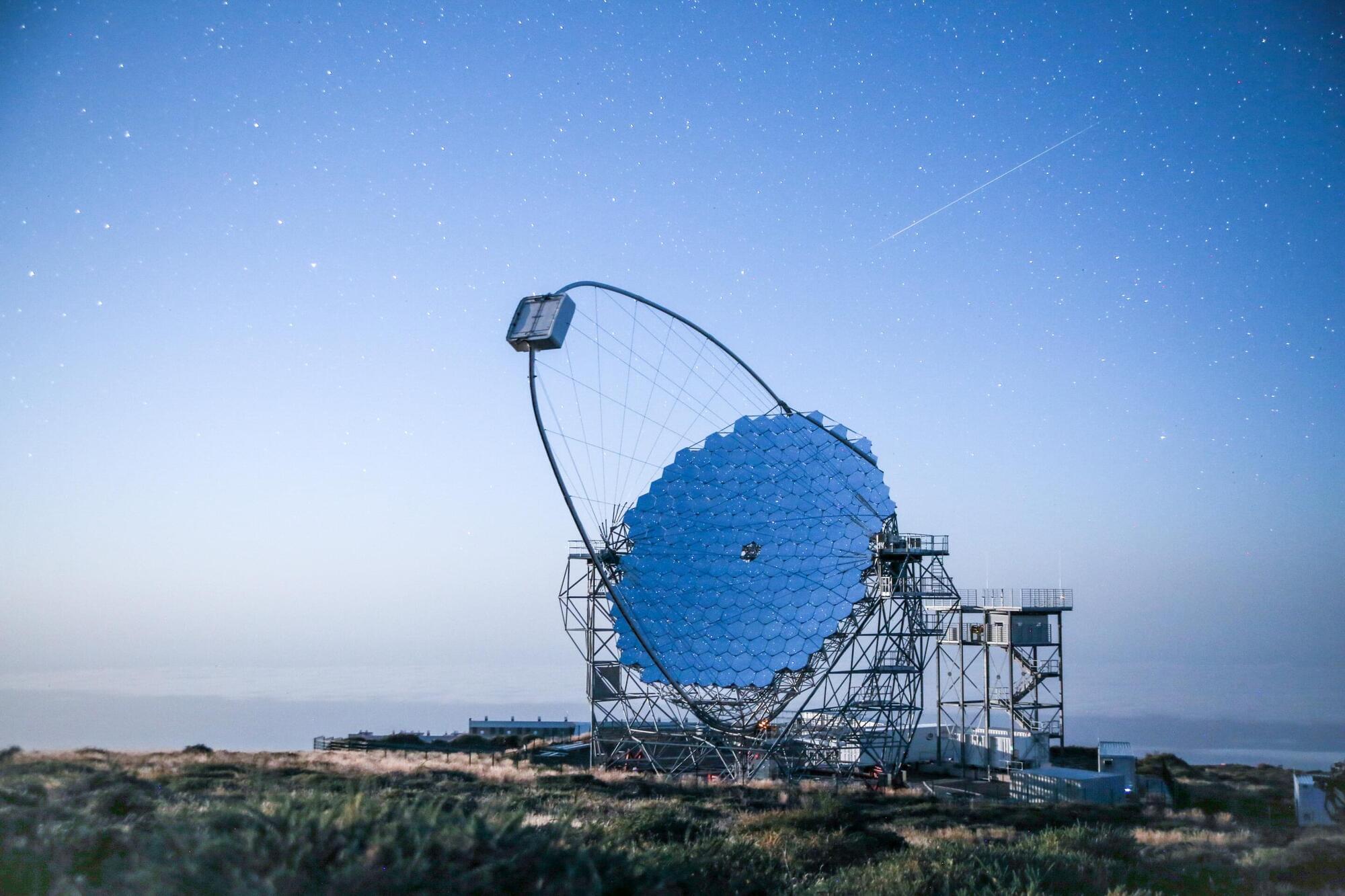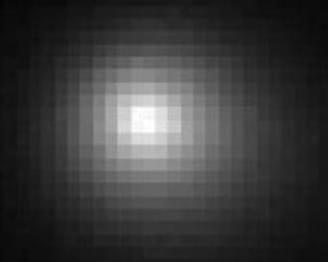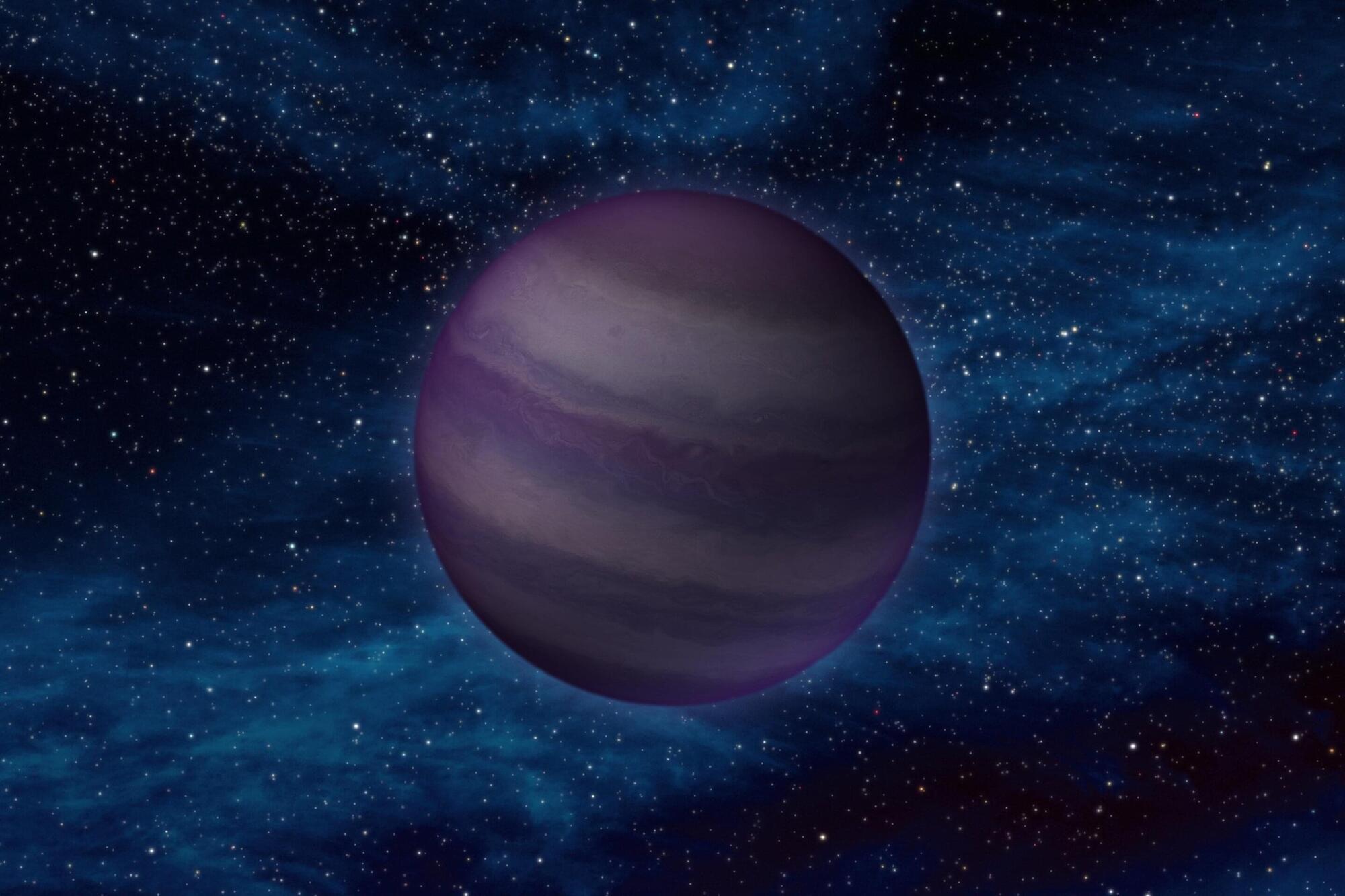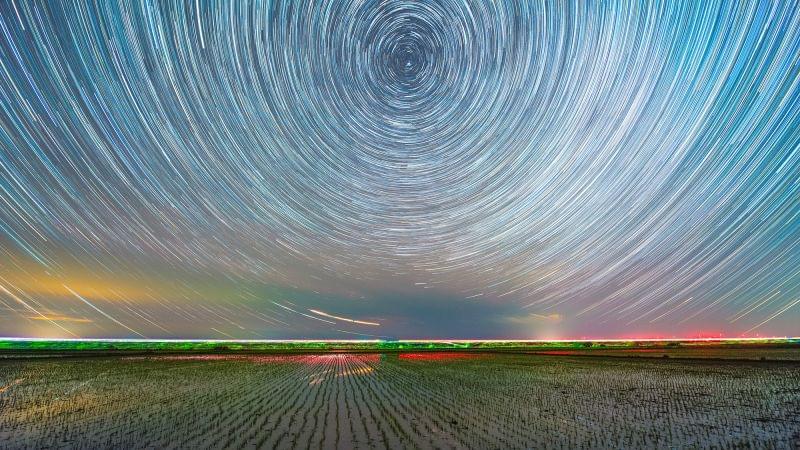The international CTAO LST Collaboration has released remarkable findings from observations of GRB 221009A—the brightest gamma-ray burst (GRB) ever recorded.
The results were published in The Astrophysical Journal Letters.
The publication presents in-depth observations conducted in 2022 with the Large-Sized Telescope (LST) prototype, the LST-1, during its commissioning phase at the Roque de los Muchachos Observatory on the CTAO-North site in La Palma, Spain. The observations revealed a hint of an excess in the gamma-ray flux, which helps provide new insights into the enigmatic and complex nature of GRBs at very high energies.







